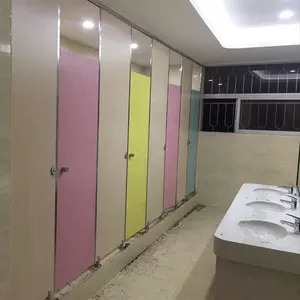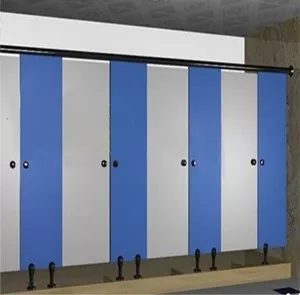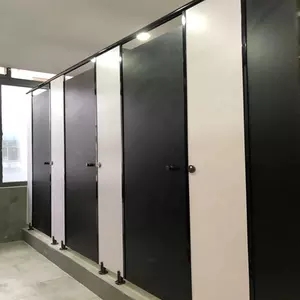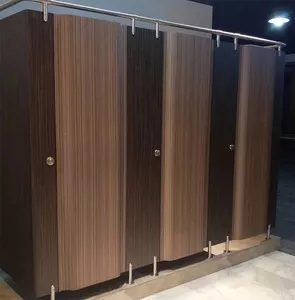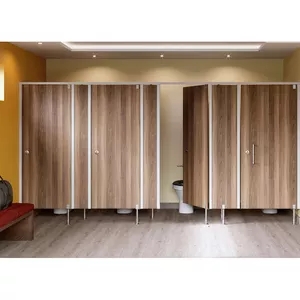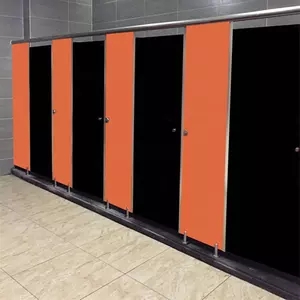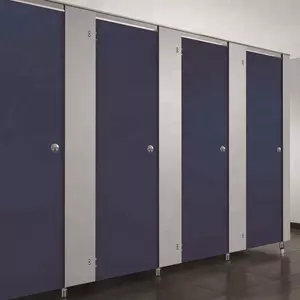Sanitary partitions are suitable for public buildings and commercial buildings, and refer to separate spaces separated by baffles in the toilet. Special areas (such as chemical and food industries) with high requirements on the partition surface are not included. The sanitary partition is made of specific plates, with special accessories, produced and installed on site.
Points for attention when installing toilet partitions:
1. Do not use the glide path, because it is not easy to clean up and will accumulate water after long-term use.
2. Lay floor tiles and wall tiles first, and then customize the bathroom high compartment according to the actual size. It is necessary to pay attention to the error of the wall surface. The high compartment can be customized according to the actual size of the site.
3. If there is no door frame, a water-retaining door stop should be installed, and a special threshold stone can be installed, which should be 1.5 cm-2 cm higher than the ground.
When installing the bathroom high compartment, the process needs to be more refined. If the bathroom high compartment, if the bathroom high compartment is installed improperly, it will cause some serious remaining problems such as the toilet drainage system is not smooth. People’s requirements for residential decoration have also increased significantly.

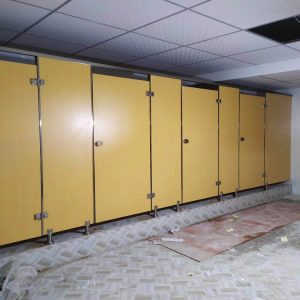



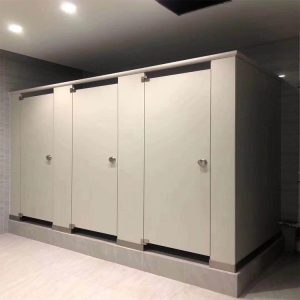




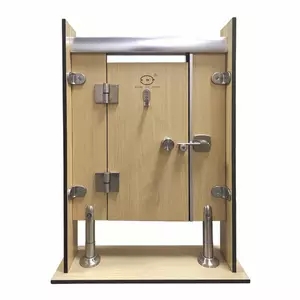


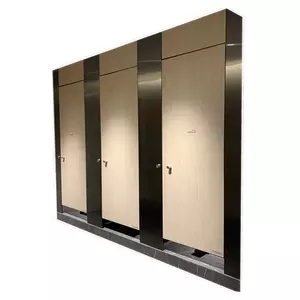

Selection of materials for sanitary partitions:
1) Sanitary partition floor material: The floor should be made of waterproof, dirt-resistant, non-slip granite, etc., the height should be 10-20mm lower than other floors, and the floor drain should be less than 10mm to facilitate drainage.
(2) Top surface material of sanitary partition: The top surface is affected by water vapor and is most prone to mold. Water-proof and heat-resistant materials are preferred. Generally, colorful molded aluminum gussets and acrylic molded ceilings are used. These materials have strong water resistance and heat insulation materials on the surface. They are ideal materials for bathroom ceilings. The specifications are mainly 120mm wide strips and 300mm*300mm squares. The surface There are two types of structures: flat and micro-empty. Acrylic molding ceilings are low in price, but easy to age; colorful molding aluminum gussets are relatively expensive, but they are diverse in color and durable. They are the main materials used in modern bathroom ceilings. In addition, there are aluminum-plastic panels or calcium silicate panels, the surface of which is coated with cement paint, which is low in price and strong in water resistance.
(3) Sanitary partition wall material: The bathroom has the largest wall area, and materials with strong water resistance, corrosion resistance and mildew resistance must be selected. Easy-to-clean tiles, marbles, mosaics, etc. have many designs and colors, and rich patterns can be collaged, and they are smooth and easy to dry. They are very practical wall materials, but they must be consistent with the color of the floor materials. For example, sanitary partitions made of metal materials have many other advantages besides waterproofing. For example, light weight, energy saving, easy to install, maintain and recyclability; high strength, good rigidity, not easy to deform, large bearing capacity; even if it is impacted by external forces, it can maintain its shape and not easily change. .Good sound insulation, heat preservation, heat insulation, moisture-proof, fire-proof effect, non-toxic, environmental protection; and many other advantages.

